![]()
The Federal Reserve is the U.S. central bank, created by the Federal Reserve Act of 1913 to establish a monetary system that could respond effectively to stresses in the banking system. The Federal Reserve System includes
The Federal Reserve System performs five key functions that serve all Americans and promote the health and stability of the U.S. economy and financial system. It conducts the nation’s monetary policy, promotes financial system stability, supervises and regulates financial institutions, fosters payment and settlement system safety and efficiency, and promotes consumer protection and community development.
The Federal Reserve System is all the people who work at
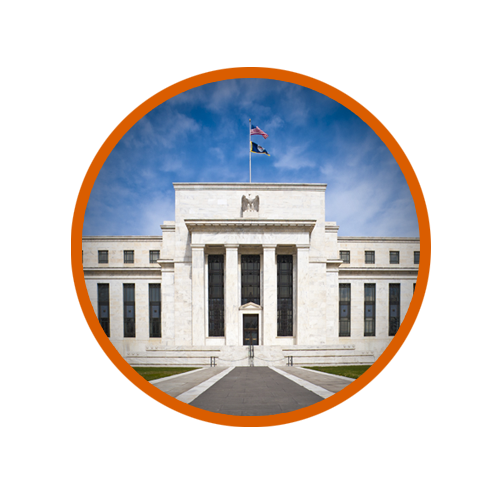
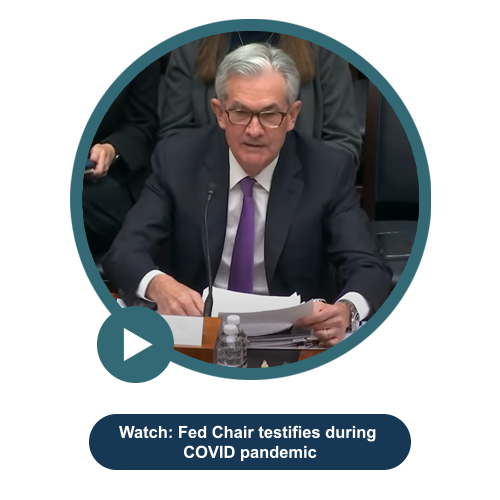
The Board of Governors—located in Washington, D.C.—is the governing body of the Federal Reserve System.
The 12 Reserve Banks—and their 24 Branches—are the operating arms of the Federal Reserve System. Each Reserve Bank operates within its own particular geographic area, or district, of the United States.
Although supervised by the Federal Reserve Board, the Reserve Banks operate independently in many respects. The Reserve Banks carry out a number of core Fed functions, such as
They also play a key role in another primary Fed function—fostering the safety and efficiency of our nation's payment systems, including
The Reserve Banks also provide a wealth of information on conditions across the nation—information that is vital to formulating a national monetary policy that helps maintain a healthy U.S. economy and stable financial system.
The Federal Open Market Committee, or FOMC, is a 12-person group of Federal Reserve System officials that sets crucial U.S. monetary policy at meetings held at least 8 times each year.
The FOMC's monetary policy actions influence interest rates and credit conditions, which can significantly impact financial conditions, including economic productivity and even spending and investment decisions by households, communities, and businesses.
The FOMC makes all decisions regarding the appropriate position or "stance" of monetary policy to help move the economy toward the congressionally mandated goals of maximum employment and price stability.
The FOMC's 12 voting members include
In addition, all the remaining 7 Reserve Bank presidents attend FOMC meetings and participate in FOMC deliberations.
The Board of Governors, the Federal Reserve Banks, and the Federal Open Market Committee work together to promote the health of the U.S. economy and the stability of the U.S. financial system.
Teams of economists, analysts, examiners, and other professionals from across the Federal Reserve System continuously gather and analyze data and information from around the U.S. and abroad.
This information and analysis provides insights on conditions across the nation—including at the regional and local level—that are vital to
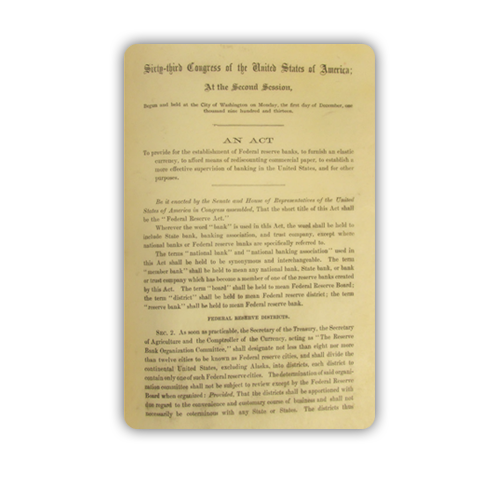
The Federal Reserve is the U.S. central bank, created by the Federal Reserve Act of 1913 to establish a monetary system that could respond effectively to stresses in the banking system. The Federal Reserve System includes
The Federal Reserve System performs five key functions that serve all Americans and promote the health and stability of the U.S. economy and financial system. It conducts the nation’s monetary policy, promotes financial system stability, supervises and regulates financial institutions, fosters payment and settlement system safety and efficiency, and promotes consumer protection and community development.
The Federal Reserve System is all the people who work at
The Board of Governors—located in Washington, D.C.—is the governing body of the Federal Reserve System.


The 12 Reserve Banks—and their 24 Branches—are the operating arms of the Federal Reserve System. Each Reserve Bank operates within its own particular geographic area, or district, of the United States.
Although supervised by the Federal Reserve Board, the Reserve Banks operate independently in many respects. The Reserve Banks carry out a number of core Fed functions, such as
They also play a key role in another primary Fed function—fostering the safety and efficiency of our nation's payment systems, including
The Reserve Banks also provide a wealth of information on conditions across the nation—information that is vital to formulating a national monetary policy that helps maintain a healthy U.S. economy and stable financial system.
The Federal Open Market Committee, or FOMC, is a 12-person group of Federal Reserve System officials that sets crucial U.S. monetary policy at meetings held at least 8 times each year.
The FOMC's monetary policy actions influence interest rates and credit conditions, which can significantly impact financial conditions, including economic productivity and even spending and investment decisions by households, communities, and businesses.
The FOMC makes all decisions regarding the appropriate position or "stance" of monetary policy to help move the economy toward the congressionally mandated goals of maximum employment and price stability.
The FOMC's 12 voting members include
In addition, all the remaining 7 Reserve Bank presidents attend FOMC meetings and participate in FOMC deliberations.
The Board of Governors, the Federal Reserve Banks, and the Federal Open Market Committee work together to promote the health of the U.S. economy and the stability of the U.S. financial system.
Teams of economists, analysts, examiners, and other professionals from across the Federal Reserve System continuously gather and analyze data and information from around the U.S. and abroad.
This information and analysis provides insights on conditions across the nation—including at the regional and local level—that are vital to
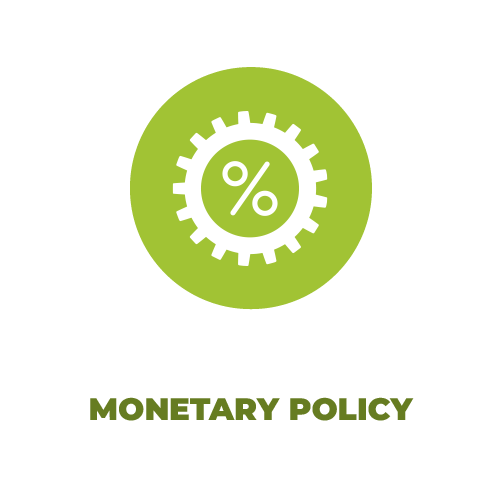
The Fed sets U.S. monetary policy to promote maximum employment and stable prices in the U.S. economy.
Read Monetary Policy (PDF)
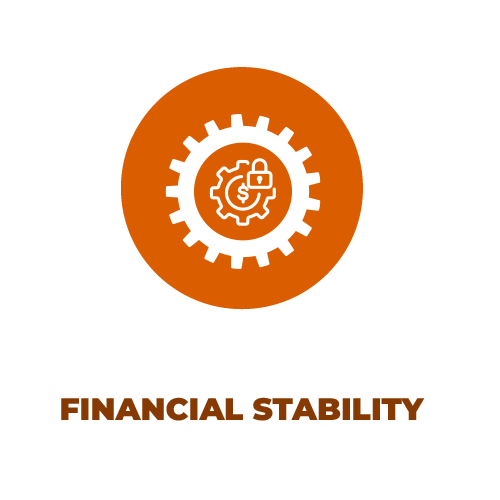
The Fed monitors financial system risks to help ensure the system supports a healthy economy for U.S. households, communities, and businesses.
Read Financial Stability (PDF)
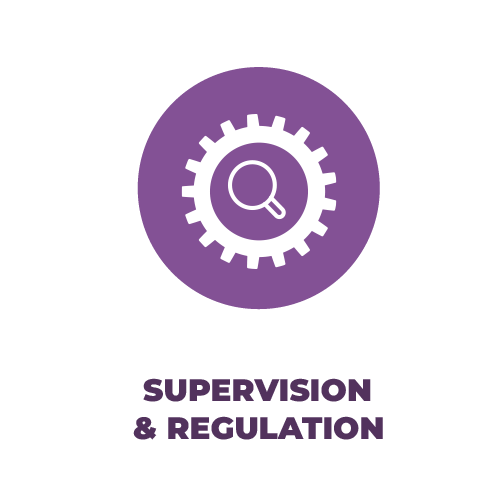
The Fed promotes the safety and soundness of individual financial institutions and monitors their impact on the financial system as a whole.
Read Supervision & Regulation (PDF)
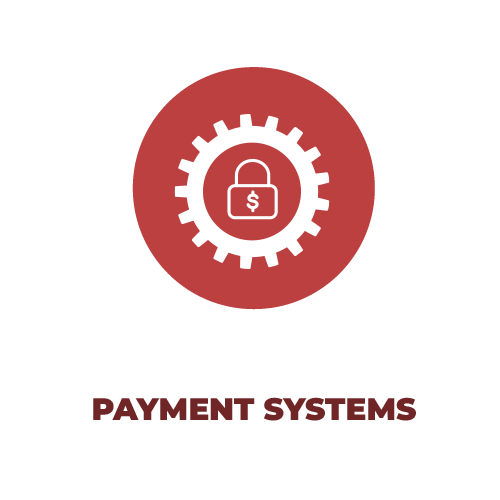
The Fed works to promote a safe, efficient, and accessible system for U.S. dollar transactions.
Read Payment Systems (PDF)
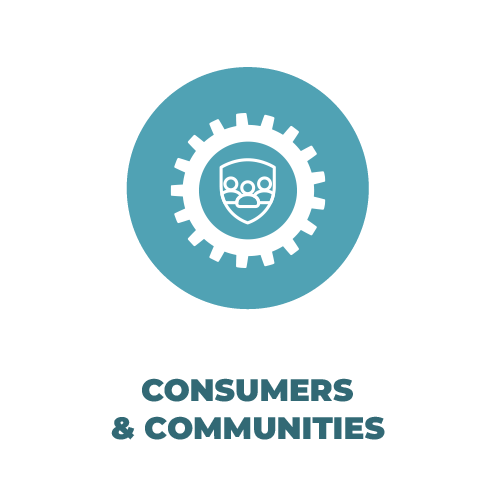
The Fed advances supervision and research to improve understanding of the impacts of financial services policies on consumers and communities.
Read Consumers & Communities (PDF)
Federal Reserve Facebook Page Federal Reserve Instagram Page Federal Reserve YouTube Page Federal Reserve Flickr Page Federal Reserve LinkedIn Page Federal Reserve Threads Page Link to Federal Reserve Twitter Page Subscribe to RSS Subscribe to Email


Board of Governors of the Federal Reserve System
20th Street and Constitution Avenue N.W., Washington, DC 20551